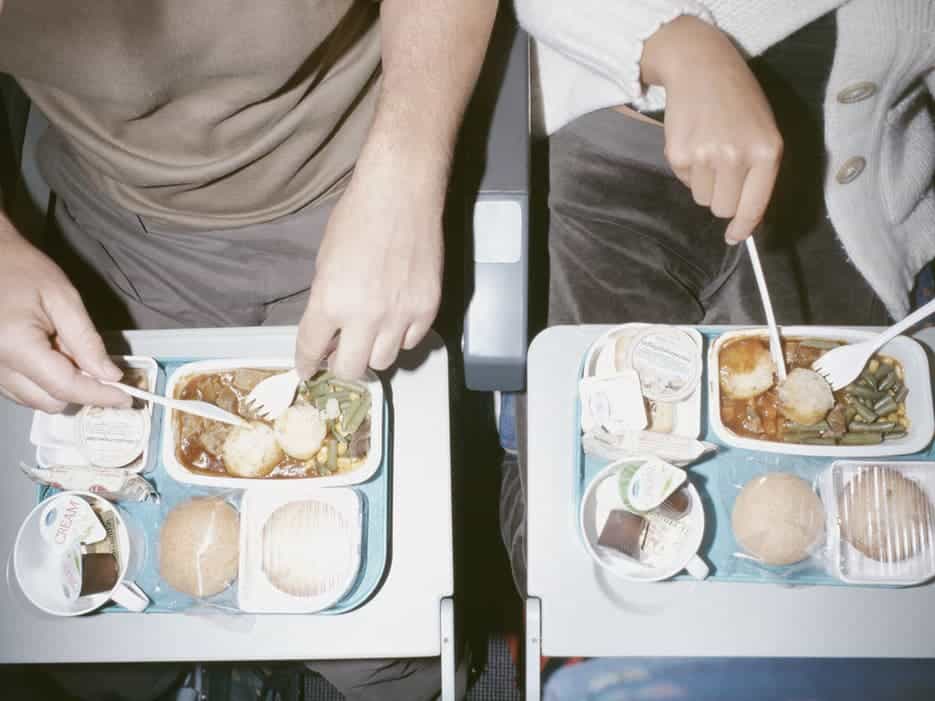The loud noise that usually airline passengers have to deal with in mid-flight can significantly alter how food tastes. According to researchers at Cornell University sweet flavors are inhibited, while savory flavors are enhanced. This might serve to explain why, for instance, tomato juice is such a popular beverage served on flights. German airline, Lufthansa, reports its passengers consumed 1.8 million liters of tomato juice in a single year or just as much as beer. Quite a lot, considering few people actually buy tomato juice back on land.

While in a cabin that simulated the noisiness of a typical commercial airplane (85 db), 48 participants were asked to sample and rate foods of varying concentrations of the basic tastes. These are: sweetness, sourness, saltiness, bitterness, and umami. The latter is a fancy Japanese word that describes flavors which are savory or meat-like. Apparently, the intense background noise compromised the participants’ sense of taste. Sweet tastes were less pronounced, while umami which dominates tomato juice was reportedly enhanced.
The researchers believe the noise may hinder nerves between the tongue and the brain, they report in the Journal of Experimental Psychology.
“This nerve happens to pass right across the middle ear, in contact with the eardrum,” Robin Dando, assistant professor of food science. “Nerves are very sensitive, so this led me to wonder whether the signal was in some way affected when under conditions of loud noise. A pretty interesting example of this is an airplane cabin, interesting as people always complain about the quality of the food on airlines.”
So, is this why people order so many Bloody Marys? Or, for that matter, is this why food tastes so bland on flights? I’m skeptical. I’d rather go for a combination of: bad ingredients, reheated leftovers and poor care. I brought my own sandwiches on flights loads of time, and I can attest they taste just as delicious as back home. I can’t speak for business class, though. Anyway, the study’s findings might help airlines refine their menu so their food tastes a bit less awful. Just as well, maybe they can start serving some nice food for a change.
“The multisensory nature of what we consider ‘flavor’ is undoubtedly underpinned by complex central and peripheral interactions,” Dando said. “Our results characterize a novel sensory interaction, with intriguing implications for the effect of the environment in which we consume food.”






